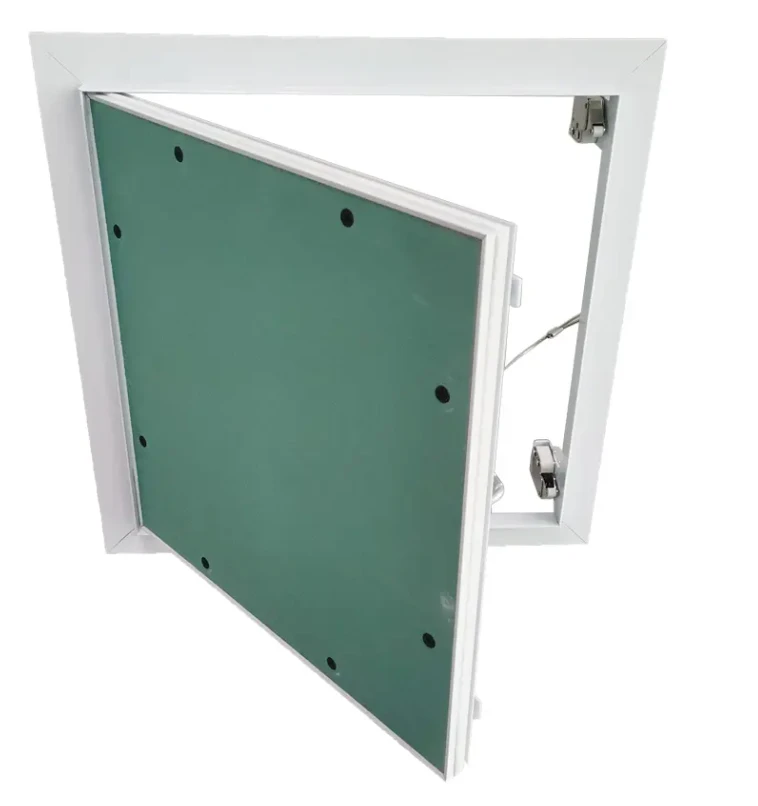Dec . 11, 2024 09:15 Back to list
Installing a Suspended Ceiling Tile Grid for Enhanced Aesthetics and Functionality
Understanding Hanging Ceiling Tile Grid A Comprehensive Overview
Hanging ceiling tile grids, often referred to as drop ceilings or suspended ceilings, have become a popular option in both residential and commercial spaces. Their versatility, ease of installation, and aesthetic appeal make them an ideal choice for diverse applications. This article delves into the various aspects of hanging ceiling tile grids, including their components, installation process, benefits, and maintenance.
Components of Hanging Ceiling Tile Grids
At the core of a hanging ceiling tile grid system is a framework made up of metal or plastic components. The primary elements include
1. Main Runners These are long, horizontal metal strips that form the backbone of the ceiling grid. They are typically spaced four feet apart and can run the length of the room.
2. Cross tees Shorter segments that connect between the main runners to create a grid pattern. Cross tees come in different lengths, allowing for flexibility in layout design.
3. Wall angles These are L-shaped strips attached to the walls around the perimeter of the room. They support the edges of the ceiling tiles and help create a clean finish.
4. Ceiling tiles The finishing touch, these tiles can be made from a variety of materials, including mineral fiber, metal, or plastic. They come in various styles, colors, and textures, allowing for a customizable look.
Installation Process
Installing a hanging ceiling tile grid is generally straightforward, making it accessible for both DIYers and professionals. The process typically involves the following steps
1. Planning and Measurement Before installation, careful planning and measurement of the space are crucial. This includes determining the desired height of the ceiling and designing the layout of the grid.
2. Installing Wall Angles The wall angles are first secured to the walls using screws or adhesive, ensuring that they are level.
hanging ceiling tile grid

3. Installing Main Runners Next, main runners are hung from the ceiling joists using wire hangers. The distance between these hangers should be around four feet apart to adequately support the structure.
4. Adding Cross Tees After installing the main runners, cross tees are inserted to create a grid. This step allows for flexibility in the dimension of ceiling tiles that you may want to use.
5. Placing Ceiling Tiles Finally, the ceiling tiles are placed into the grid. Care should be taken to ensure that the tiles are snugly fit and any necessary cuts are properly measured and executed.
Benefits of Hanging Ceiling Tile Grids
The popularity of hanging ceiling tile grids can be attributed to their numerous benefits
- Aesthetic Flexibility With a wide variety of designs and finishes available, hanging ceiling tiles can enhance the overall look of a room and complement various interior decor styles.
- Sound Absorption Many ceiling tiles have sound-absorbing properties, making them ideal for environments where noise control is essential, such as offices and schools.
- Concealing Utilities Hollow spaces between the tile grid can conceal electrical wiring, plumbing, and HVAC ductwork, contributing to a cleaner and more organized look.
- Ease of Access Hanging ceilings provide easy access to the infrastructure above them, allowing for simple repairs and maintenance without extensive disruption.
Maintenance Tips
Maintaining a hanging ceiling tile grid is relatively simple. Regular cleaning can help keep the tiles looking fresh and new. Mild detergent and water can be used to wipe down tiles, while any damaged or stained tiles can be easily replaced without affecting the overall grid.
In conclusion, hanging ceiling tile grids are not just a functional solution for concealing infrastructure but also an opportunity for creativity and design. Their easy installation, variety of options, and practical benefits make them an excellent choice for any space looking to enhance both aesthetics and functionality. Whether for a home renovation or a commercial build-out, the hanging ceiling tile grid system offers a reliable solution that meets a wide array of needs.
-
Quality Ceiling Trap Doors & Access Panels | Easy & Secure AccessNewsAug.30,2025
-
Durable Ceiling T Grid Systems | Easy InstallationNewsAug.29,2025
-
PVC Gypsum Ceiling: Durable, Laminated Tiles for Modern SpacesNewsAug.28,2025
-
Pvc Gypsum Ceiling Is DurableNewsAug.21,2025
-
Mineral Fiber Board Is DurableNewsAug.21,2025
-
Ceiling Tile Clip Reusable DesignNewsAug.21,2025







